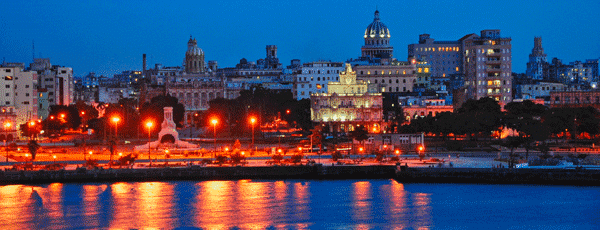What is it about the word “no” that suddenly makes something (or someone) that much more desirable? Perhaps it’s the result of the looming threat that the world is ending in 2012 or maybe it’s because Americans, by nature a culture founded on rule-breaking, have a natural tendency to follow the path least taken. Either way, 2013 is all about forbidden travel.
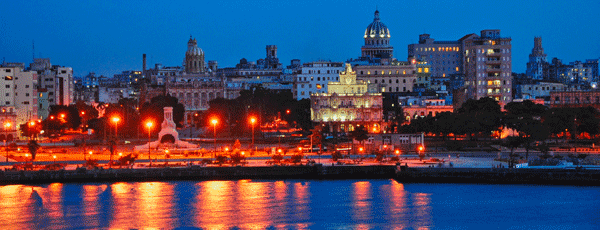
Despite the deep rooted tensions with the U.S., Havana and its sultry cornucopia of history, gorgeous beaches and tropical climate is at the top of the forbidden destinations list. La Habana Vieja is a must-see maze of charming plazas, street markets, and museums that will take you back to the 1950’s. After sundown, the city transforms into a scene out of Dirty Dancing with guajira, mambo, and rumba music blasting from the crowded clubs and cabarets. A recent loosening of the travel restrictions by the Obama administration has made it much easier to visit the country legally, although options are limited regarding what you can bring back (hint: forget those fabulous Cuban cigars).
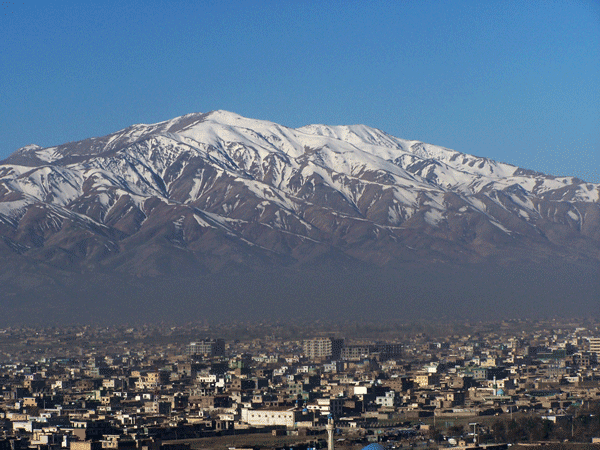
A land of amazing landscapes and exotic culture, Afghanistan was once a great tourist destination for intrepid backpackers but the conflicts over the past thirty years coupled with political instability have made it virtually impossible to go anywhere in the country without professional security. If you know the right people and are lucky enough to score a visa, don’t miss the Darul Aman Palace, or abode of peace in Arabic. Built in the early 1920’s, the palace is European inspired with a focus on neo-classical architecture. Situated atop a hill on the outskirts of Kabul, it looks ominous and out of place with the landscape.
Other places to seek out are the many bazaars that fill up the city’s crooked streets, packed with food, spices and crafts. If you’re interested in the ancient world, visit the Tappe-i-Maranjan, a hill where Buddhist statues and Greek coins dating back to the second century B.C. have been discovered. Also not to be missed, as it links the ancient world with modern history, is the Bala Hissar, a military fort destroyed by the British in 1879, that has recently been restored as a military college. The construction of the fort dates back to (around) the 5th century A.D and was a major battle center during the wars of the 1980’s.
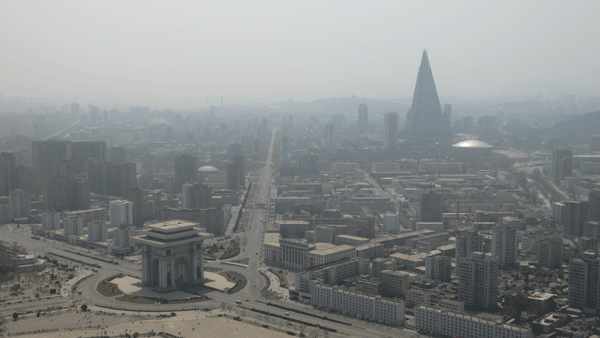
Pyongyang, North Korea, the nation’s capital and largest city, tops the list for architourists, people traveling with a focus on viewing unique architecture. Top stops here include Yonggwang Metro Station; the 560-foot Juche Tower; the Mansudae Grand Monument, a bronze rendering of the “Great Leader” (late founder of North Korea, Kim Il-sung); Il-sung’s mausoleum; the 105-story conical Ryugyong Hotel (under construction since 1987 with an exterior just finished in July); and the Arch of Triumph, the world’s biggest arch (trumping even the one in Paris).
Although North Korea’s tourism infrastructure is virtually nonexistent and highly regulated, Pyongyang receives fewer than 2,000 Westerners each year. Visitors that do manage to slip in must be accompanied by government appointed guides and remain on alert, taking pictures only as authorized. And don’t be surprised if locals shun interaction.
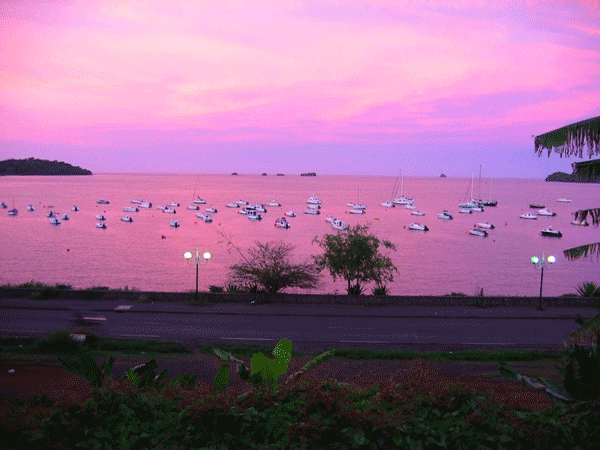
The East African nation of Somalia hasn’t yet recovered from a civil war that began in 1991 and is in the headlines again for one of the worst famines in recent memory. Coupled with the U.S. State Department advisory against any travel to Somalia and warnings that “tourist facilities are non-existent” Mogadishu is nearly inaccessible. And, let’s not forget about the pirates!
Though much of Mogadishu is crumbling, you’ll still find a few landmarks that evoke its early origins as a Persian and Arabian trading port, like the 13th century Arba-Rucun Mosque, also called the Mosque of the Four Pillars. Stunning white sand beaches on the Indian Ocean front Mogadishu’s old city, though frequent shark attacks make the waters too dangerous for swimming. Although not on my personal “must visit” list, the intrepid Squire may plan to visit in 2013.

